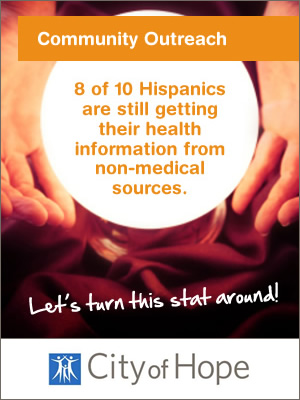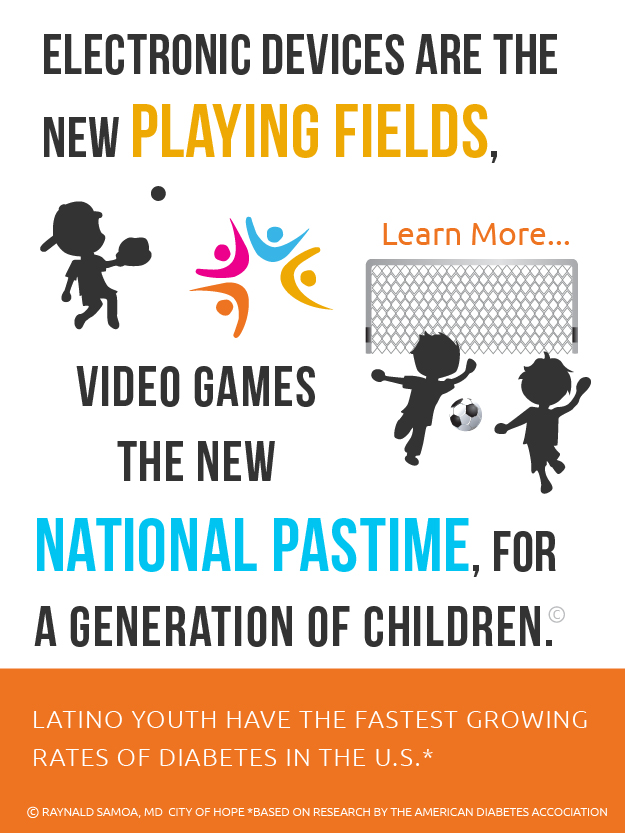
Three Steps to Creating High-Quality Clinical Translations
09/17/2015 06:00AM | 6963 viewsThe global pharmaceutical market is expected to grow from US$300 billion to US$400 billion over the next three years, according to the World Health Organization.1 While U.S. based companies play a major role in this industry, 85 percent of the market share is held by competitors in North and South America, Europe and Japan. Four out of the 10 most profitable pharmaceutical companies are headquartered in Europe, while six of the top companies are based in the United States.
The documentation used by these companies in clinical studies to test new drugs, devices and treatments must frequently be translated into participants’ native languages. This documentation is also subject to strict regulatory requirements and specifications that vary by country. It is critically important that any translations of clinical content be of the highest quality, as failure to present information correctly can result in serious ramifications for pharmaceutical companies. The following tips can help minimize these risks.
Back-Translation of Informed Consent Forms
Informed consent forms are an essential requirement for any clinical study or trial involving people. These forms not only explain everything to the participants, but they also serve as confirmation that the participant has given his or her consent. Informed consent forms, which must often be translated into participants’ local language, contain technical information that must be explained in clear language that participants will understand. One common practice to help eliminate misunderstandings is to back-translate these documents for accuracy. This is the process of translating them from the source language to the target language, and from the target language back into the source language.
Write for Your Target Audience’s Level of Education
Clinical documentation is generally created by highly educated individuals who understand the complex medical terminology and jargon used throughout the process. However, the majority of clinical trial participants typically have a fourth- to eighth-grade reading level and do not understand clinical terminology. Any communications prepared for them must be written according to their level of education. If the content was originally intended for physicians, scientists and chemists, it should be appropriately reworked into language that participants will clearly understand. Also, any content that has been adapted for participants should be reviewed prior to being translated.
Address Regulatory Requirements in the Target Language
It’s important to review documentation in both the source language and the translated language. Documentation that is reviewed only in the source language may result in gaps or uncertainties in the translated version. Once the documents are translated into the target language, they should be reviewed by someone who specializes in the target country’s clinical requirements and regulations. For pharmaceuticals products, it is important to verify that the labeling has been properly translated and includes all the information required by law.
As these tips illustrate, a number of steps can be taken to maintain high-quality clinical documentation. Putting translated content through multiple reviews helps to ensure document accuracy and readability, while minimizing the risk of participants misunderstanding of the subject matter. As you choose your language translation partner, it is important to choose one with the proper expertise and resources to handle such sensitive content.
To learn more, download the white paper “Pharmacovigilance: Five Keys to Improving Language Transparency for Optimized Reporting” authored by Jan Lessem, M.D., Ph.D., president of consulting firm ClinStrat LLC and chairman of the board at clinical research organization Global Outcomes Inc.
Reference:
1 Pharmaceutical Industry. The World Health Organization. http://www.who.int/trade/
glossary/story073/en/ Read full article: http://www.merrillbrink.com/
tips-for-translating-clinical- trial-documents-02092015.htm











Post your Comment
Please login or sign up to comment
Comments